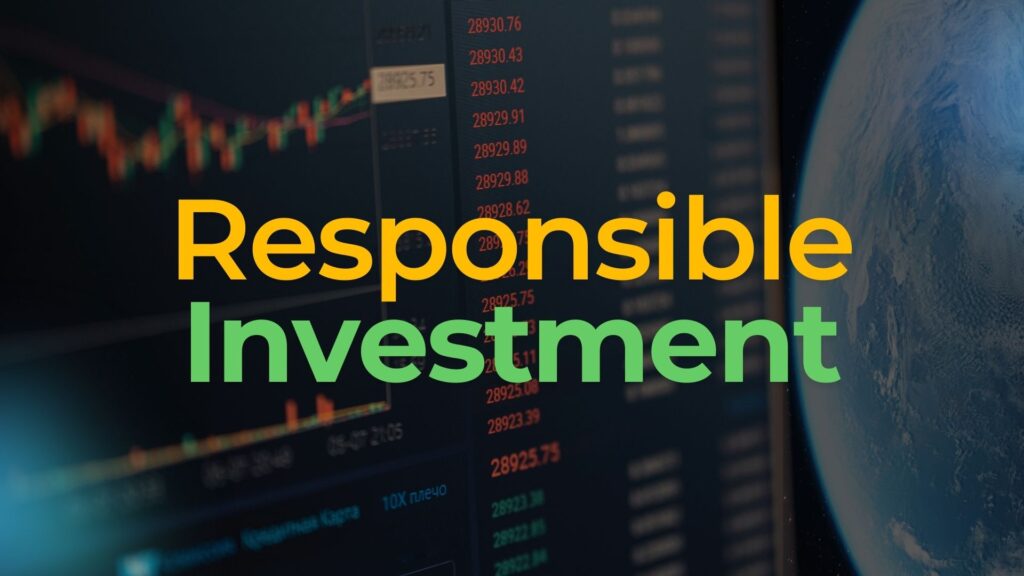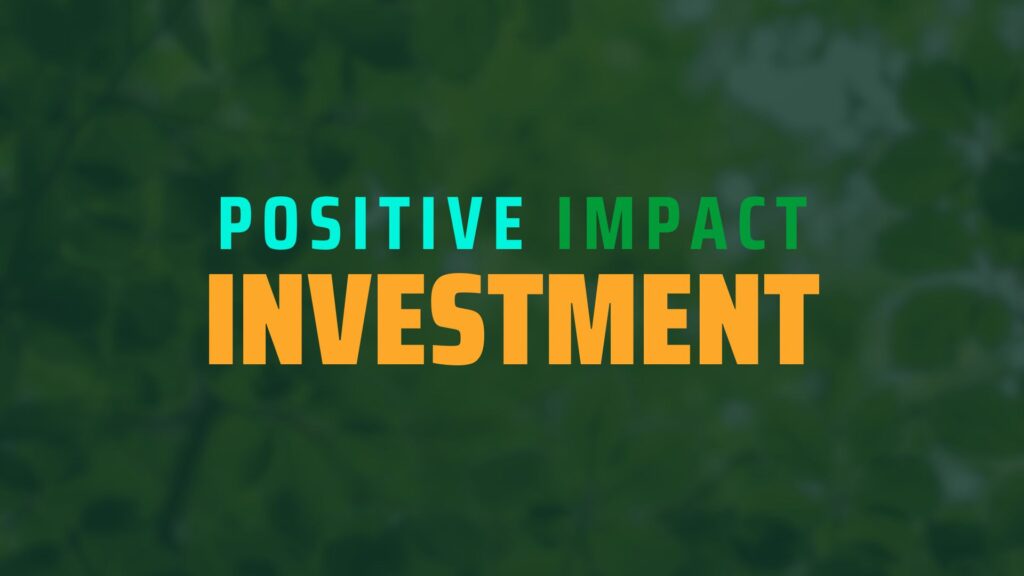Green Initiative Becomes a Signatory of the Principles for Responsible Investment (PRI): A Commitment to Climate-Responsible Investments
We are thrilled to announce that Green Initiative has officially joined the Principles for Responsible Investment (PRI) as a signatory. This important milestone reinforces our commitment to advancing climate-responsible investments worldwide and furthers our mission to drive sustainable finance that creates lasting environmental impact. What is PRI and Why is it Important? PRI is an international network of investors committed to incorporating environmental, social, and governance factors into financial decision-making. By adhering to PRI’s six key principles, signatories commit to: 1. Incorporating climate issues into investment analysis – Assessing climate risk and social impact when making investment decisions 2. Being active owners – Signatories engage in shareholder activism, advocating for sustainable corporate governance and responsible business practices. 3. Seeking appropriate disclosure on sustainability issues – Investors encourage companies to be transparent about their sustainability performance, climate impact, and corporate governance policies. 4. Promoting the acceptance and implementation of the Principles within the investment industry – Financial institutions work to advance responsible investment practices by educating stakeholders, partners, and policymakers. 5. Enhancing effectiveness by working together to implement the Principles – Collaboration among PRI signatories strengthens industry-wide efforts to develop innovative, sustainable finance solutions. 6. Reporting on progress toward implementing the Principles – Signatories provide regular sustainability reports, tracking their commitment to responsible investment and disclosing their climate impact and sustainability performance. As climate change accelerates, PRI’s role is critical in fostering sustainable investment strategies that balance financial returns with positive environmental and social impact. By implementing these six principles, investors contribute to a low-carbon economy, promote corporate transparency, and drive meaningful environmental change Green Initiative’s Role in PRI’s Commitment As a third-party verifier and advisory services provider, Green Initiative supports financial institutions, banks, and investors in achieving and maintaining their climate mitigation and nature positive investment targets. We provide independent climate and nature assessments that: Leveraging Innovation for Climate Accountability: Science based Solutions and the Climate Performance Platform Green Initiative leverages cutting-edge technology and science-based solutions to enhance climate accountability through: This AI-powered approach boosts environmental accountability while actively supporting global reforestation and ecosystem restoration efforts. By providing a data-driven approach to climate disclosure, CPP enhances corporate transparency and investor confidence in sustainable investments. Green Initiative´s Commitment to a Sustainable Future The financial sector holds immense power to drive global climate action. By joining PRI, Green Initiative plays a critical role in ensuring that investments align with climate commitments: • Ensuring impact-linked financial instruments align with climate objectives: we conduct investment due diligence, verifying that funds support sustainable energy, green infrastructure, and carbon reduction projects. • Tracking investee´s compliance with climate and nature impact goals: Through ongoing environmental performance assessments, we ensure companies meet climate and nature criteria to maintain financing agreements. • Facilitating financial term adjustments based on climate performance Financial institutions can adjust interest rates, lending terms, or investment priorities based on a investee´s progress. This process fosters trust, transparency, and accountability, ensuring that capital flows actively contribute to a low-carbon, sustainable economy. Together, we can build a future where responsible investments play a pivotal role in mitigating climate change and fostering positive outcomes for our planet. Ready to align your investments with climate action? Contact us today to explore how Green Initiative can help you achieve measurable climate mitigation impact through responsible investing. Contact us at https://greeninitiative.eco/contact/ This article was written by Tatiana Otaviano from the Green Initiative Team.




